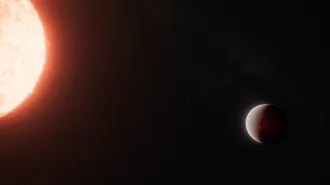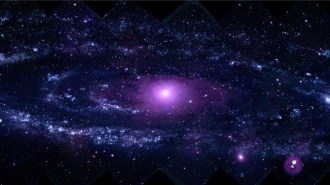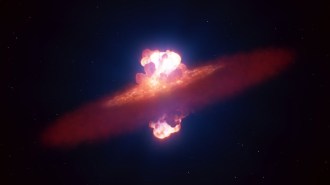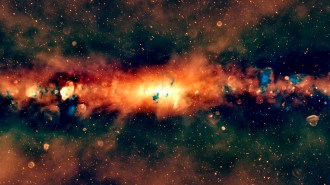A rare chance to see two exploding stars is happening in the southern sky
The Milky Way stars are in two Southern Hemisphere constellations
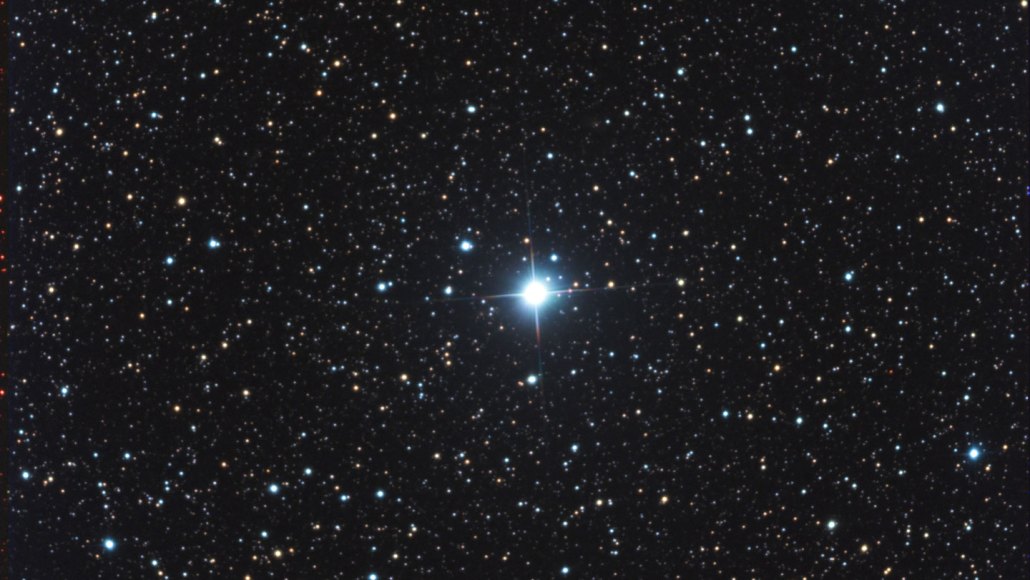
Two stars are exploding in the southern sky. Called V462 Lupi and V572 Velorum (shown in this telescope image), both are so bright that they can be seen with the naked eye at the same time.
Eliot Herman
